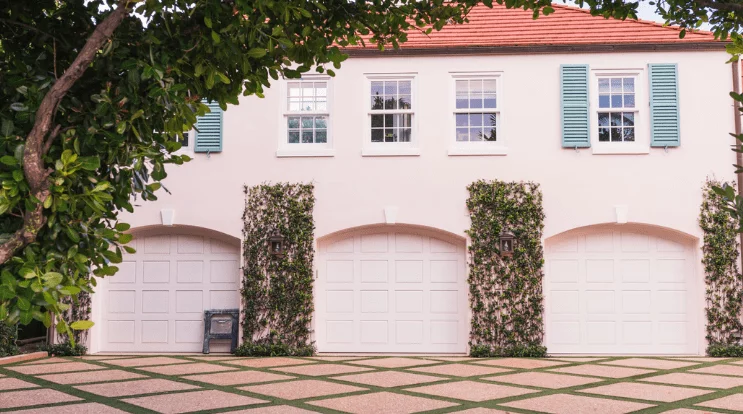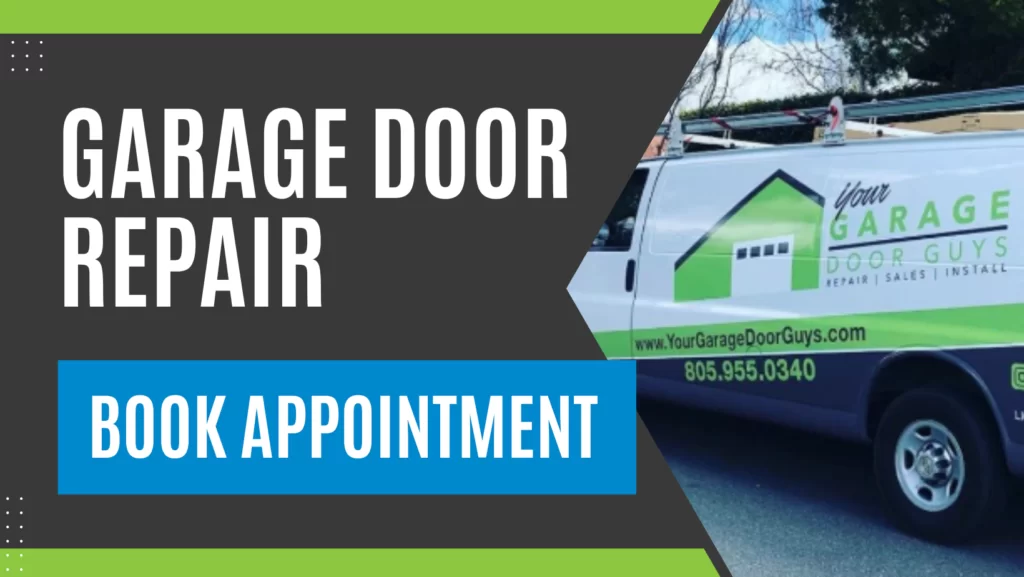Is your garage door sagging in middle?
If so, you not even be able to use it, leaving your car outside and possibly exposing your home to thieves and the elements. Luckily, you can fix the problem.
In this article, we’re taking a look at the problem of a garage door sagging in middle and how to fix it.
Garage Door Sagging in Middle
There are several reasons why a garage door may be sagging in the middle. Regardless of why the door is sagging, it might be a good idea to park outside until you can schedule an appointment for garage door repair. To help you get started, we’ve put together some ideas for you.
Here’s why the garage door sagging in middle and how to fix it.
Fixing Misaligned Tracks
If the tracks have become misaligned, then it’s not too difficult to fix them. You can do this yourself if the damage isn’t too severe yet.
To do this, unscrew the tracks from the wall brackets, loosening them. By doing this, you’ll be able to gently move them left and right. As you do this, you should see the garage door move with it. To fix the misalignment, you’ll need to adjust the tracks until the bottom of the garage door is in alignment with the crown molding in your garage.
To be sure it’s in alignment, check the bottom of the garage door with a level. If it is perfectly level, the buckle should come out of the door and be ready to be used again. Screw the tracks back into the brackets, and test the door to see if it’s open and closing as it should. If it’s not, you may find that the tracks are too damaged and will need to be replaced. If this is the case, it’s better that an expert takes on the job so you can be sure it’s done right.
Installing A Strut
It could be the case that a strut needs to be installed, in order to keep it working as it should. These are designed to support the weight of the door, and keep it straight as it opens and closes. If you already have a strut on your garage door, you may find adding another one to be the best option, as it gives extra support.
If you’re thinking of doing this, you’ll need to have an expert come and do it for you. It’s a large job, and something you want to ensure is done right the first time.
Once this has been done, remember that you’ll need to recalibrate the garage door opener. This is because it will have to take extra weight into account as it opens and closes the garage door. Follow the instructions in your manual to do this.
Lubricating Your Hinges
Have you found that the door hasn’t buckled yet, but it is making some squealing and screeching noises when you open and close it? That’s a sign that the hinges are starting to rust and need lubrication. If you don’t handle that before the hinges rust properly, then you are running the risk of the garage door buckling.
It’s easy to lubricate your garage door hinges. Choose a lubricant that’s designed for the job, such as a lithium-based grease. Many homeowners choose a standard degreaser like WD-40, but it isn’t actually the best one for garage doors.
To apply this lubricant, simply use some on an old rag and rub it into the top of the rail. If you have a spray can of lithium-based grease, you can simply spray it into all the right parts. This includes the tracks, hinges, rollers, springs, lock, and armbar.
Replacing the Garage Door
If you’re not able to unbuckle the garage door with the above methods, then you’ll find you’ll need to replace the door itself. Again, this is a job for the experts. They will help you select a garage door that’s made of the right materials, and is up to the task of opening and closing all day. They will also ensure the door is installed properly, so you won’t have to worry about it getting broken again due to the incorrect installation of any of the parts.
Why Do Garage Doors Buckle?
There are several reasons why your garage door may start to buckle. Here’s what you need to be looking out for:
The garage door material is too flimsy
In many cases, you’ll find your garage door wasn’t made with the best materials possible. Not all doors are created equal, and it shows. If it’s an inferior garage door, you’ll see that it starts to buckle under the pressure as you use it. If this is the case with your garage door, you’ll be better off replacing it with a sturdier model.
The tracks are misaligned
The tracks are what your garage door travels on when you open and close it. When they’re in the right position, this isn’t a problem. If they become misaligned, however, you’ll see that they’ll start to damage your door, eventually buckling it. You’ll also see that it’s harder to open the door, and in some cases, you won’t be able to open it at all.
Harsh weather conditions
Have you had any storms or bad weather recently? They can all cause the door to buckle if they’ve been bad enough. For example, heavy winds and rainfall can warp panels or even pull the door off the tracks, causing misalignment.
The garage door opener is causing problems
You may find that the garage door opener is putting too much stress on the door itself. If this is happening, you may need to adjust the settings or install a strut on the door to support it.
Conclusion
As you can see, it’s easier than you’d think to fix a buckled garage door. Often, it happens just because the tracks are misaligned. This is easily fixed by unscrewing the tracks and adjusting them until they’re correct. You can stop buckling happening by lubricating the moving parts of the door when needed. Whatever’s happened to buckle your garage door, you’re now able to fix it up again.


